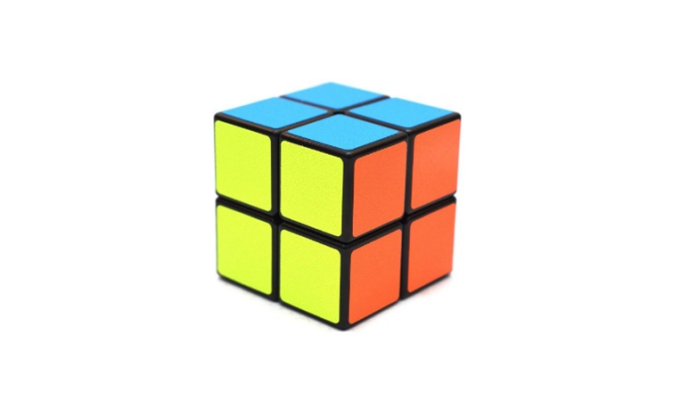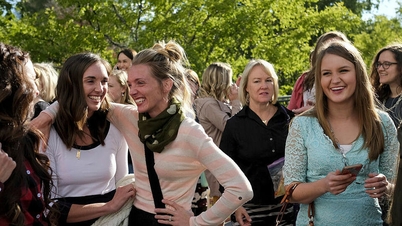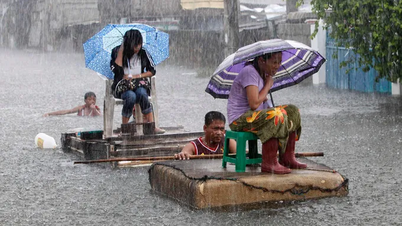Did the problem that appeared in an oral exam at the University of Washington (USA) in 2011 give you a hard time?
Given a rubik's cube with dimensions as shown in the figure:

Each face of the Rubik's Cube is a 2x2 square divided into four 1x1 squares. Two 1x1 squares are called "neighbors" if they have exactly one edge in common (and thus, each 1x1 square has exactly four neighbors).
Alex wants to fill in 1x1 squares, one integer per square, so that the sum of each number and its four neighbors is 13. Can Alex do this? If yes, explain how to fill in the numbers; if no, explain why.
>>See solution
Vo Quoc Ba Can
Math Teacher, Archimedes School Hanoi
Source link


![[Photo] Ha Giang: Many key projects under construction during the holiday season](https://vphoto.vietnam.vn/thumb/1200x675/vietnam/resource/IMAGE/2025/5/1/8b8d87a9bd9b4d279bf5c1f71c030dec)

![[Photo] Binh Thuan organizes many special festivals on the occasion of April 30 and May 1](https://vphoto.vietnam.vn/thumb/1200x675/vietnam/resource/IMAGE/2025/5/1/5180af1d979642468ef6a3a9755d8d51)


























![[Photo] Feast your eyes on images of parades and marching groups seen from above](https://vphoto.vietnam.vn/thumb/1200x675/vietnam/resource/IMAGE/2025/4/30/3525302266124e69819126aa93c41092)





































































Comment (0)